Dr. S. Beena Unnikrishnan, a visionary artist of myriad talents, has traversed a rich tapestry of disciplines spanning education, entrepreneurship, healing arts, filmmaking, and the realm of artistic expression over the expanse of three decades. From her humble beginnings as an educator in 1992, her journey has unfolded into a captivating exploration of diverse realms, all anchored in her profound connection to art as a conduit for spiritual transcendence, drawing from the wellspring of mystical traditions.
Her creative odyssey has graced prestigious international platforms, where her paintings have woven stories of emotion and meaning, while her foray into filmmaking has illuminated narratives of depth and resonance. Holding esteemed positions such as the Global Chair of the G100 Arts Leadership Council and the Curator of ‘Economically Independent Women Artists,’ she stands as a beacon of influence in the global arts sphere.
With her book, “Whispers of the Unseen: The Quest for Sixty-Four Yoginis,” Dr. S. Beena Unnikrishnan challenges conventional paradigms of spirituality, transcending the confines of traditional religious norms and rituals to offer a profound exploration of the unseen realms.
In an enchanting dialogue with The Interview World, Dr. S. Beena Unnikrishnan invites us into the sacred sanctum of her artistic and spiritual journey, weaving insights from her book, discussing her pivotal role in the G100 Arts Leadership Council, and unveiling the transformative power of art in fostering social change and healing. Here, we unravel the essence of her illuminating discourse.
Q: Can you share with us how your journey in art and spirituality began, and how it has evolved over the years?
A: In the realm of artistic expression, the brush strokes of painting have eluded my grasp. Yet, from the tender years of childhood, a fervent fascination with sketching held me enthralled. Life’s course led me into the arms of an army officer, granting me the gift of solitude and reflection. It was then, amidst the quiet expanse of time, that my journey into the world of painting began to unfold.
Before marriage, my artistic endeavors found solace in the delicate precision of pencil sketches. I would meticulously recreate scenes from magazines, etching them onto the canvas of my imagination.
With the advent of marriage, and subsequently, the blossoming of my painting pursuits, I found myself drawn to the works of the master Raja Ravi Varma. Emulating his strokes became a portal to understanding, a passage into the depths of artistic mastery.
Yet, as years unfurled like the pages of a cherished tome, a new muse beckoned from the recesses of my being. Geometry, with its elegant precision, captured my fascination. Rooted in the sacred traditions of my Kerala heritage, where every ritual finds expression in divine geometry, my soul found resonance in its intricate patterns.
Somewhere along this journey, a realization dawned upon me—a whisper from the muse of spirituality. Portraits, once my singular focus, now shared the canvas with the ethereal allure of spiritual symbolism.
As I delved deeper into the labyrinth of my artistic yearnings, the lines between passion and purpose blurred. Geometry became a conduit, channeling the divine into tangible form. Yet, amidst this convergence of art and spirituality, clarity remained elusive.
There were no grand designs, no meticulously laid plans—only the raw essence of creation, unfolding with each brushstroke. My canvas, a testament to the journey of discovery, awaits the guiding hand of destiny, ever open to the mysteries that lie beyond.

Q: Your book, “Whispers of the Unseen: The Quest for Sixty-Four Yoginis,” seems to delve deeply into spirituality. What inspired you to write this book, and what message do you hope readers will take from it?
A: My inspiration stemmed from the endeavor of painting 64 yoginis, a venture that gifted me with a profound experience. The way I perceived them, delving into the spiritual essence of goddesses and the entire process, was markedly distinct. Consequently, I sensed an imperative to encapsulate this experience. Though my mentor hinted at my eventual authorship on Sri Vidya and the sadhana of Tripura Sundari, the fruition of a book was not part of any orchestrated plan. Thus, it was a fortuitous blessing that led to the documentation of my spiritual odyssey.
Within the pages of this book, I aim to elucidate the significance of a fortified belief system and the relevance of our spiritual practices. They are intertwined with fundamental aspects of our lives, indispensable for our existence.
To me, spiritualism embodies a transformative journey, a passage towards enlightenment. Only later did I recognize that it had led me inward, unveiling myriad reflections and energies. Observing these patterns with clarity, I realized how religious practices often offer convenient shortcuts, yet true understanding brings profound significance. Through this book, I strive to convey that spirituality, whether in devotion to God or the pursuit of inner connection, demands unwavering submission and faith. Doubt, too, is intrinsic to this process, permeating every aspect of our being.
Spirituality transcends mere religious rituals; it permeates every facet of our existence, reflecting in our actions and choices. It is not confined to the confines of temples or churches but is ingrained in the very essence of life itself—a perpetual connection to our higher selves, irrespective of the names we invoke. Spiritualism, therefore, is not merely a religious practice; it is a way of life.
Q: As an artist, educator, filmmaker, and entrepreneur, how do you find balance between your various roles and passions?
A: I’ve never consciously endeavored to harmonize these facets of my existence—the myriad roles I inhabit: mother, wife, filmmaker. To me, it’s a tapestry, interwoven; each thread inseparable from the others. There’s a connectivity that resonates within, you see, a seamless flow where passion fuels the orchestration of time.
Life, when consumed by passion, transcends the need for meticulous balance. It’s an organic rhythm, akin to the dance of day and night, effortlessly unfolding. No conscious effort required; it’s simply the natural order of things. When passion permeates every fiber of your being, the notion of balance dissipates—it becomes intrinsic, effortless.
In this organic alignment, there’s no imposition from external forces; it’s a journey fueled solely by internal drive. Passion, aptly named, becomes the cornerstone of this harmonious symphony. And thus, with passion as our compass, every role seamlessly falls into place, each moment cherished and savored.
Q: Your art is often described as a medium of spiritual expression. Could you elaborate on how spirituality influences your creative process and the themes you explore in your work?
A: Spirituality intertwines seamlessly with my creative journey, as I believe in the necessity of meditation and the embrace of various tools. Meditation serves as a conduit for communion with the divine, while prayers and tantric practices offer alternative paths towards spiritual connection. Through song, individuals seek to forge a link with the divine, imbuing their melodies with reverence and devotion. Similarly, some find solace in their work, viewing it as a means to transcend earthly limitations and attain spiritual elevation.
Even seemingly mundane tasks, like cooking, take on profound significance for those who prepare offerings in temples, viewing it as a sacred ritual to commune with the higher self. In my case, painting serves as my chosen conduit for spiritual expression, effortlessly facilitating my connection to the ethereal realm. Art, inherently divine and infused with boundless creativity, embodies the very essence of spiritual energy that permeates the universe.
When immersed in the act of painting, I find myself effortlessly drawn into a state of meditation, detached from the distractions of the external world. This meditative immersion is essential, especially when painting subjects of profound spiritual significance. Thus, I find that nothing surpasses the transformative power of painting in facilitating my spiritual expression and solidifying my identity as an artist.
Q: You are the Global Chair of the G100 Arts Leadership Council. Could you tell us more about this role and your vision for fostering global collaboration in the arts?
A: G100 stands as an international beacon within the expansive network of the esteemed Mother Organization, All Ladies League, which was envisioned by the visionary Dr. Harbeen Arora Rai. Spanning across nearly 150 nations, its global presence resonates profoundly. Stepping into the role of global chair for art leadership within G100 was more than just an appointment; it was an invitation to a realm teeming with ideas, individuals, and boundless creative energies from every corner of the globe.
In this unique sphere, rules and regulations fade into insignificance, offering an unprecedented liberty for personal growth and exploration. Unlike conventional organizations with their rigid structures and obligatory commitments, G100 liberates its members from such constraints. Here, the only taboo subjects are politics and religion, leaving ample room for unfettered connection and engagement at one’s convenience. This freedom, this weightlessness, is truly invigorating.
Each day within G100 unfolds with the gentle yet formidable presence of feminine force, a supportive network eager to connect and uplift. As an artist, I find solace and inspiration in this environment, sensing not only personal enrichment but also a broader enlightenment regarding the multifaceted nature of artistry.
G100’s significance extends beyond individual artists; it harbors the potential to address systemic issues within the art world. Through collaborative efforts and dialogue, we can confront disparities such as the gender pay gap in art, a revelation that struck me deeply. The notion that a woman’s artwork might be valued less purely due to her gender is both absurd and unacceptable.
Moreover, G100 offers a platform for artists to navigate the intricacies of legalities and copyright, ensuring that their creative endeavors are protected and respected. The age-old adage of artists dying in poverty while their works accrue immense value posthumously need not be the norm. By advocating for royalties and fair compensation, we can foster a more equitable landscape for artists, both locally and globally.
Through collaboration with esteemed figures in the art world, I aspire to not only enrich myself but also to champion change within my own community. Together, we can dispel the notion that success in the arts is reserved for the few, demonstrating that with unity and determination, all can thrive. This ethos underpins my commitment to fostering sustainability for women artists and beyond, for in unity lies our collective strength.
Q: As a filmmaker, what stories or themes do you find most compelling to explore through this medium?
A: As a filmmaker, my inaugural cinematic endeavor delved into the poignant narrative of elderly loneliness, unfolding against the backdrop of Varanasi’s timeless streets. Transitioning into the role of producer for this endeavor, my journey takes a twist. Despite the creative fervor infused into its making, the pursuit of a release or an OTT platform remains an elusive challenge. Yet, this endeavor proved invaluable in acquainting me with the intricate realm of film marketing, underscoring its paramount importance in the cinematic landscape.
Venturing further, a documentary project centered on the enigmatic goddesses and yogini temples offered profound insights. It dawned upon me then, a newfound passion for crafting narratives that celebrate the rich tapestry of our nation’s cultural heritage. The boundless expanse of themes ripe for exploration beckons, promising to encapsulate significant discourse for posterity’s sake.
Thus, the crux of my artistic pursuit crystallizes – a dedicated focus on documentary filmmaking, poised to amplify voices, ignite societal change, and preserve cultural legacies. Yet, as a creator fueled by boundless curiosity, the allure of exploring diverse subjects remains ever-present. Navigating this labyrinth of interests, the trajectory of my passion veers towards avenues wielding the potential for profound social impact or cultural resonance.
In essence, while the journey of artistic discovery may veer through myriad landscapes, a steadfast commitment emerges – to harness the power of storytelling as a catalyst for societal transformation and cultural preservation.
Q: In your opinion, how can art be utilized as a tool for social change and healing?
A: Art serves as a vast canvas for conveying any subject matter. Across its myriad forms, it possesses the transformative power to directly impact one’s mindset and effect change. In my experience, particularly in the realm of healing, this potential becomes palpable.
Attaining my Senior Fellowship from the Ministry of Culture for exploring the nexus of art and healing in dementia and Alzheimer’s illuminated the profound influence art can exert on cognitive abilities. It carves out a sanctum for healing, a haven amidst life’s trials. Amidst the turbulence of the COVID era, music emerged as a solace, providing not just entertainment but a therapeutic balm for our collective wounds.
In contemporary society, there’s a burgeoning recognition of the value of creative minds. They possess the gift to transcend conventional boundaries, envisage the unseen, and navigate through obstacles. This creative energy, I believe, holds the potential to heal communities, fostering mental well-being amidst the chaos.
Mental health stands as a cornerstone of our discourse today, and rightfully so. Here, art assumes a pivotal role, offering solace and illumination. As we grapple with challenges like elderly loneliness, Alzheimer’s, and dementia, the erosion of human values and connections becomes starkly evident. Yet, within these spaces of struggle lies the promise of art as a serious and potent force for change.
Reflecting on our cultural heritage, we find that art has long served as a conduit for communication. Through traditional forms like Kathakali and various dance styles, stories have been woven, bridging generations and preserving our collective wisdom. Temples, once vibrant stages for these performances, stand as testaments to the enduring power of art in facilitating connection and understanding. Indeed, art assumes an indispensable role in the realms of therapy, healing, and social transformation. It possesses the unique ability to transcend boundaries, uniting hearts and minds in pursuit of a more harmonious world.

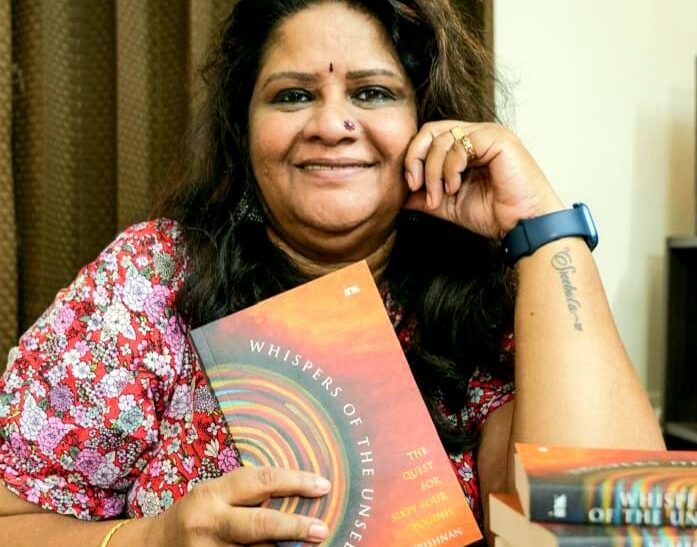
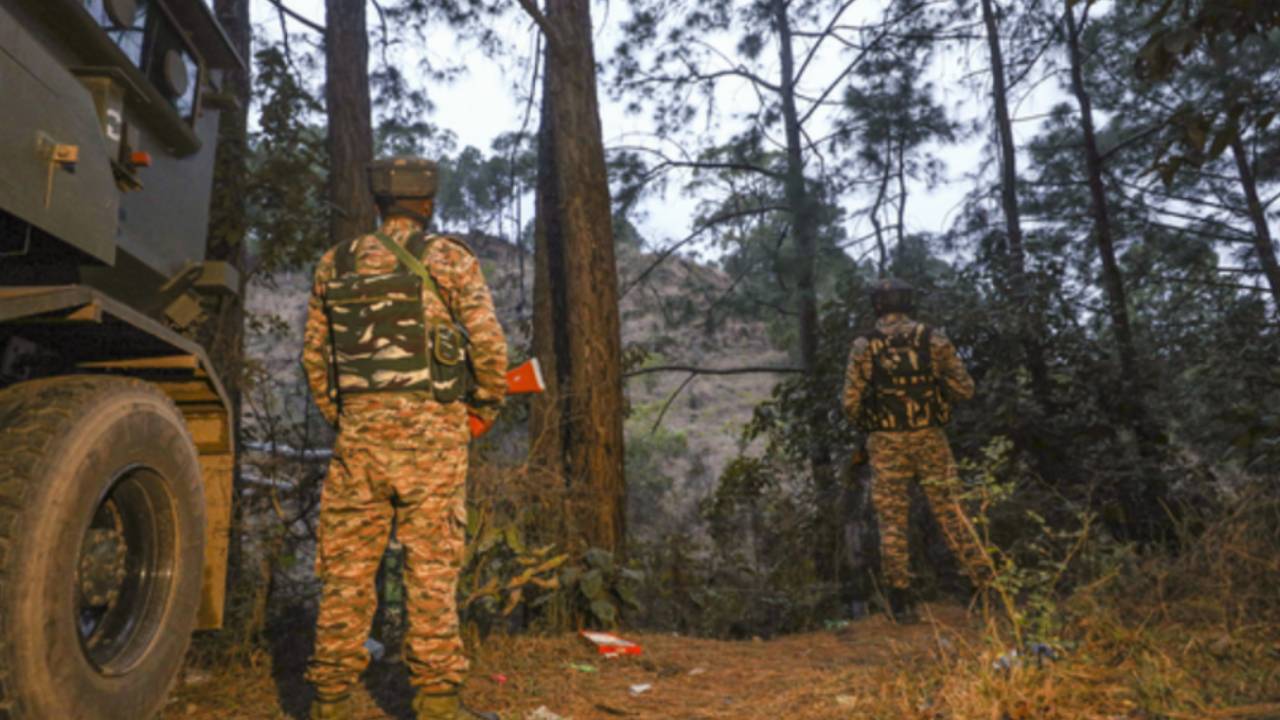

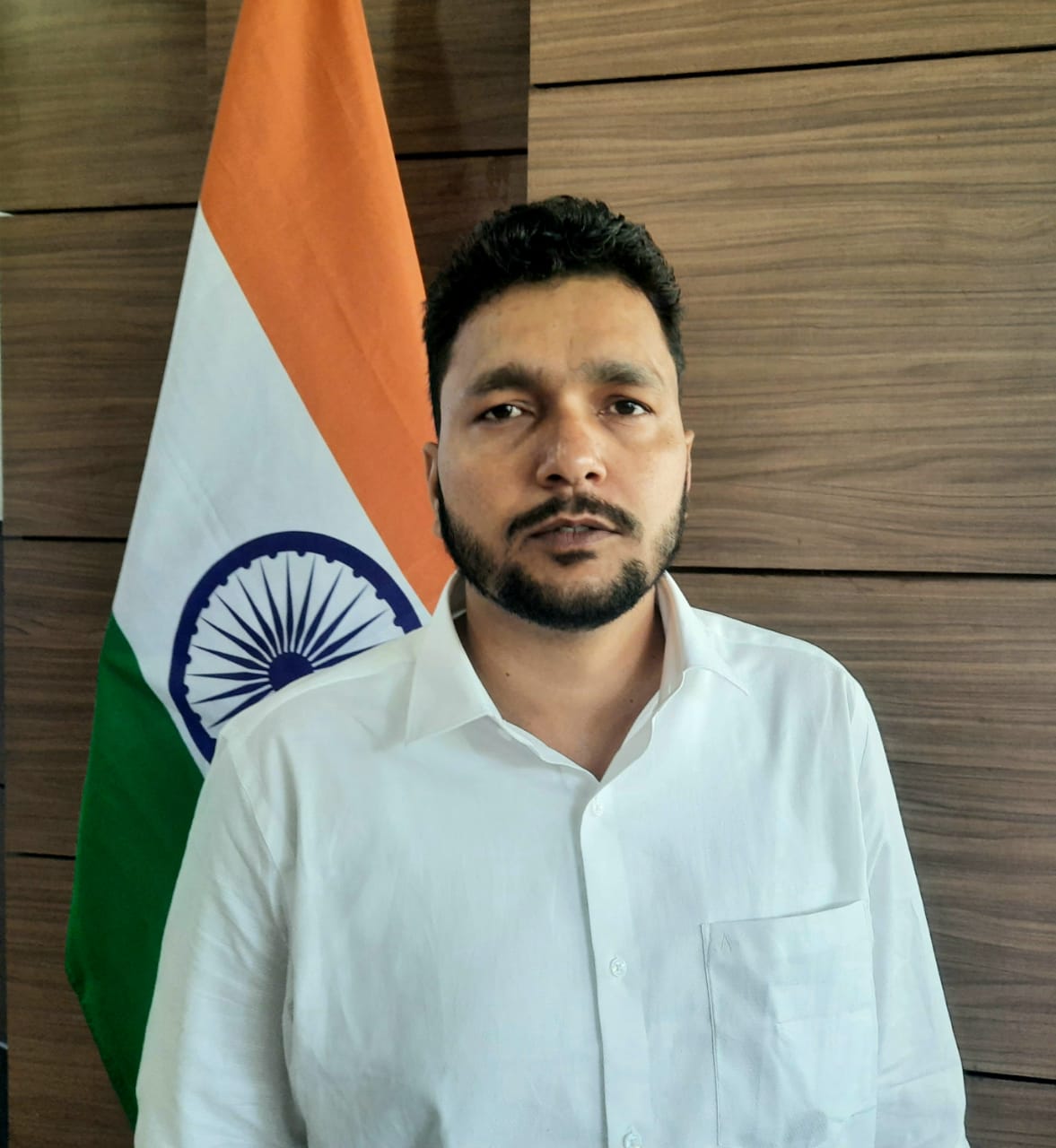
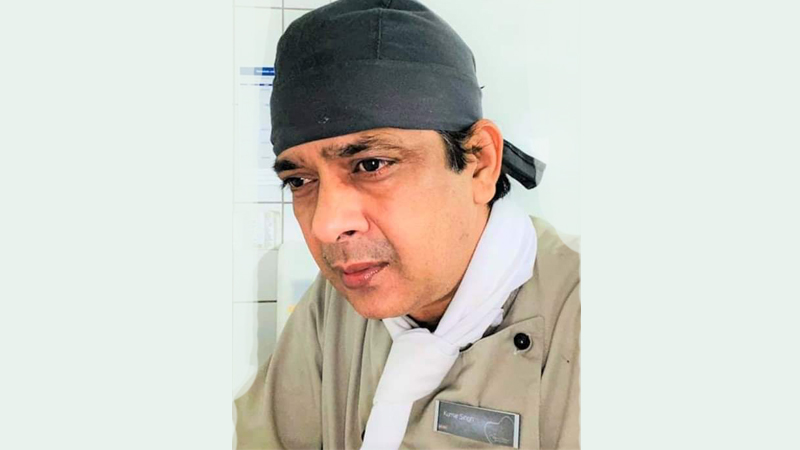
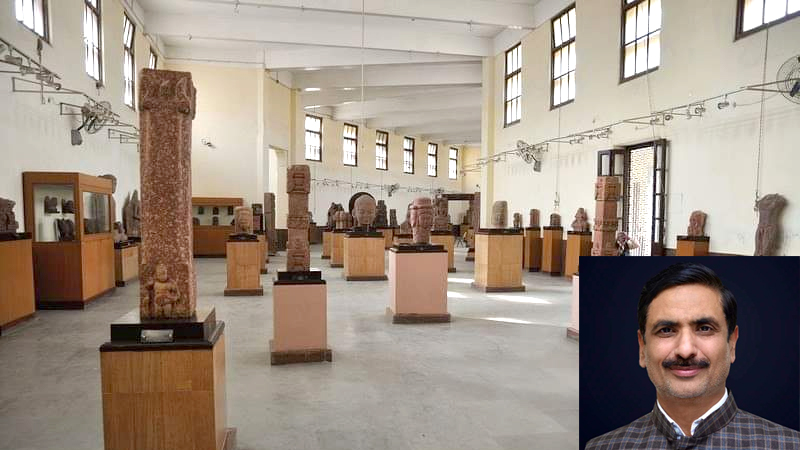
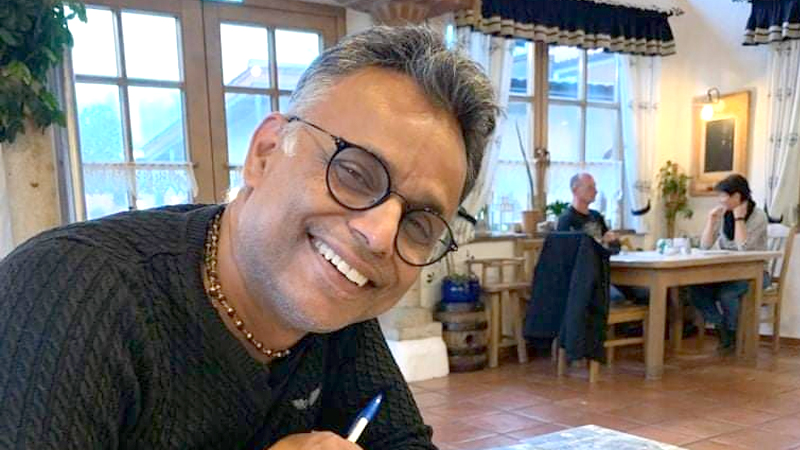

25 Comments
Nice
This really answered my problem, thank you!
You made various nice points there. I did a search on the theme and found a good number of persons will consent with your blog.
I like your writing style genuinely loving this web site.
I have been absent for a while, but now I remember why I used to love this blog. Thanks , I will try and check back more often. How frequently you update your website?
Excellent beat ! I would like to apprentice at the same time as you amend your web site, how could i subscribe for a blog website? The account helped me a acceptable deal. I were a little bit familiar of this your broadcast offered vivid clear idea
It?¦s really a great and useful piece of info. I am glad that you shared this useful information with us. Please stay us up to date like this. Thank you for sharing.
I’m no longer positive where you are getting your info, however good topic. I needs to spend a while studying much more or figuring out more. Thank you for excellent information I was on the lookout for this info for my mission.
Hello! This post could not be written any better! Reading through this post reminds me of my old room mate! He always kept chatting about this. I will forward this page to him. Fairly certain he will have a good read. Many thanks for sharing!
I appreciate, cause I found exactly what I was looking for. You have ended my 4 day long hunt! God Bless you man. Have a great day. Bye
It is really a nice and helpful piece of info. I’m glad that you shared this useful info with us. Please keep us up to date like this. Thanks for sharing.
It’s really a great and helpful piece of info. I’m glad that you just shared this useful info with us. Please keep us up to date like this. Thanks for sharing.
F*ckin’ remarkable issues here. I am very happy to see your post. Thanks so much and i am having a look forward to touch you. Will you please drop me a mail?
Thank you for another magnificent post. Where else could anyone get that type of information in such an ideal way of writing? I’ve a presentation next week, and I’m on the look for such info.
Great post, I believe blog owners should acquire a lot from this blog its really user friendly.
I enjoy you because of all of the efforts on this web site. My daughter really likes conducting investigation and it’s really easy to see why. All of us know all relating to the lively ways you present valuable thoughts via your web blog and as well encourage response from others on the point and our own girl is really understanding a great deal. Enjoy the rest of the year. You are carrying out a fabulous job.
An interesting discussion is worth comment. I think that you should write more on this topic, it might not be a taboo subject but generally people are not enough to speak on such topics. To the next. Cheers
I got what you mean , thanks for putting up.Woh I am delighted to find this website through google. “I was walking down the street wearing glasses when the prescription ran out.” by Steven Wright.
Thanks , I have just been looking for information approximately this subject for ages and yours is the best I have found out till now. However, what concerning the bottom line? Are you positive concerning the supply?
whoah this blog is excellent i like studying your posts. Stay up the good paintings! You recognize, many people are hunting around for this info, you could help them greatly.
You actually make it appear so easy with your presentation but I in finding this matter to be really one thing which I feel I would by no means understand. It seems too complex and very broad for me. I’m taking a look ahead for your next put up, I will try to get the hold of it!
Do you mind if I quote a couple of your articles as long as I provide credit and sources back to your site? My website is in the very same niche as yours and my users would certainly benefit from a lot of the information you provide here. Please let me know if this ok with you. Appreciate it!
Hello! Do you use Twitter? I’d like to follow you if that would be ok. I’m undoubtedly enjoying your blog and look forward to new posts.
You can follow us at @tiwmedia
Wonderful goods from you, man. I have understand your stuff previous to and you are just too excellent. I really like what you have acquired here, certainly like what you’re saying and the way in which you say it. You make it entertaining and you still care for to keep it wise. I can’t wait to read much more from you. This is really a great site.
Comments are closed.